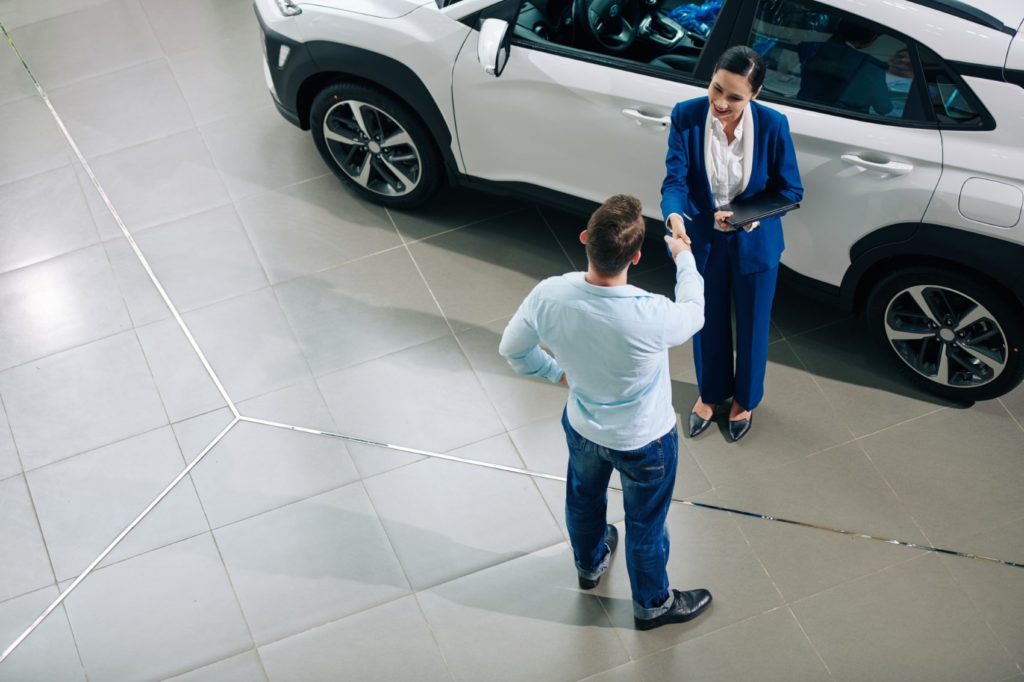- Over the course of 2020, COVID-19 accelerated the automotive industry’s shift toward digital engagement across channels (digital and physical) introducing new challenges and opportunities for engaging with consumers.
- The challenge will be more acute over the course of 2021, as the industry addresses inventory shortages in both the new and used sectors of the market. Success for auto dealerships will depend on how well digital and in-person experiences are integrated.
- Dealerships will need to elevate efforts to connect with customers, understand their needs, and demonstrate empathy in matching customers’ unique requirements with vehicles that are ultimately purchased.
While automotive dealerships have made significant investments in technology platforms over the course of 2020 to facilitate online purchasing, more work needs to be done by the industry to ensure smooth and effective customer journeys – both online and onsite.
Creating a Customer Roadmap
Creating excellent customer experiences for automotive customers will require that dealerships elevate efforts to connect with customers, understand their needs, and demonstrate empathy in matching customers’ unique requirements with vehicles that are ultimately purchased. This challenge will likely be more acute over the course of 2021, as the industry addresses inventory shortages in both the new and used sectors.
J.D. Power has identified a set of principles that can guide dealerships through the design of strategies that provide a consistent experience that consumers will appreciate across online and onsite channels of engagement. Below are three principles based on characteristics that consumers have identified as important to them as they move through the purchasing process:
Efficiency
For many consumers, the appeal of online shopping (even if they end up going to a brick-and-mortar facility) is that they can research and make key pre-purchasing decisions quickly. Consequently, dealerships should ensure online offerings feature robust vehicle descriptions and high-quality images. As the digital dimensions of the market mature, consumers will increasingly expect salespeople to be well versed on what prospective buyers have done online to avoid wasting time and repeating steps when they come into the dealership.
Transparency
One of the most appreciated benefits associated with the digitization of the car-buying experience revolves around the ability of consumers to have a comprehensive view of what is available in the market. Some dealerships are less excited about this transparency. Traditional sales teams have raised concerns around market commoditization that reduces dealership foot traffic and creates margin compression. The principle, in short, is a double-edged sword. But it will have to be managed effectively over the long-run, since the trajectory of this trend is clearly moving toward greater transparency.
Security
The downside of digital for many consumers is that they are increasingly aware of cyber threats to their privacy and security. As a growing portion of the customer journey takes place online, consumers will need to feel secure about the information that is shared with dealerships. This is especially true when dealing with financing. Managing consumer cyber concerns could emerge as a differentiating factor for dealerships. The brand value of dealerships can be elevated when credible assurance is provided to consumers that digital information is protected and confidential.

Opportunities for Dealers
While we are still at a point where a complete online sales cycle is not yet a reality for most auto retailers, dealerships have a major opportunity to leverage digital tools to create highly personalized experiences for their onsite customers.
Dealerships should explore how they can cost-effectively build robust hybrid omni-channel solutions to accurately design and enable the tailored customer journeys that consumers have come to expect in virtually every other aspect of their lives. Key attributes that will lay the foundation of success include:
- Technology platforms that facilitate complete digital purchases and adjacent community tools, such as text and chat to facilitate digital purchases;
- Marketing initiatives that raise awareness of online tools that are easy for customers to understand and use;
- Strong interaction points between online engagement and onsite closing processes.
In the long run, the very future of most auto dealerships will likely depend on how well digital and in-person experiences are integrated.
This J.D. Power Automotive Briefing Report was authored by Chris Sutton, Vice President Automotive Retail.


